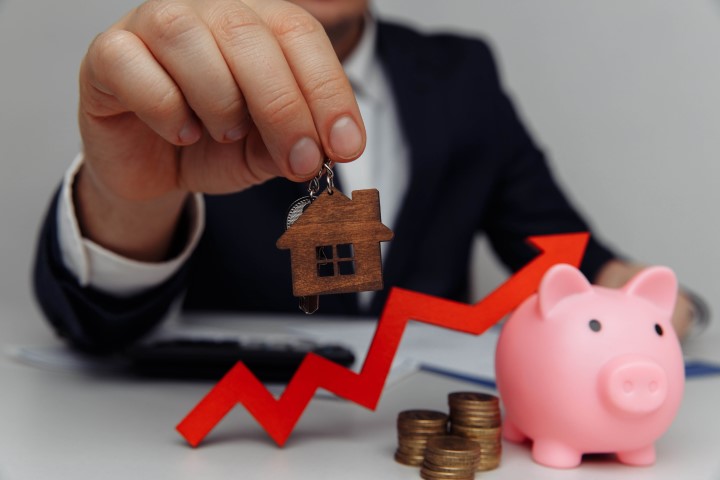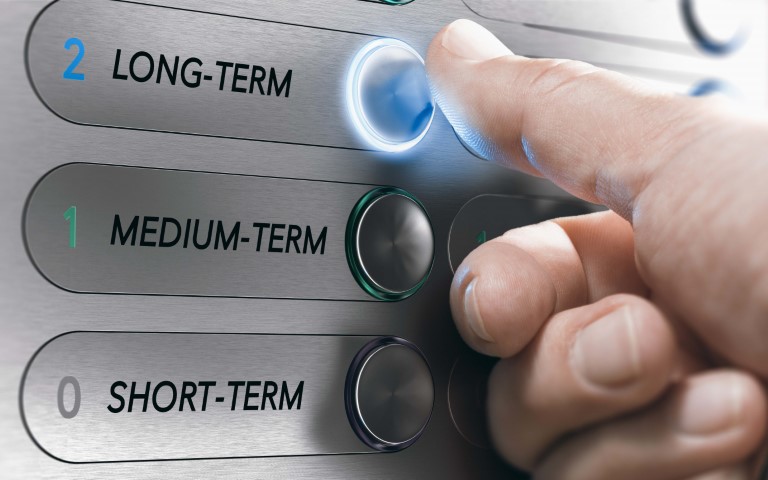August 15th 2022
 When we talk real estate investment, especially Commercial and Industrial real estate investment, there are a lot of factors at play when determining value. There is interest rate, and tied in with that there is rate of inflation. There is capital appreciation one can expect over time and of course there is net rent, or return on investment. And in some ways ‘cap’ rate ties it together.
When we talk real estate investment, especially Commercial and Industrial real estate investment, there are a lot of factors at play when determining value. There is interest rate, and tied in with that there is rate of inflation. There is capital appreciation one can expect over time and of course there is net rent, or return on investment. And in some ways ‘cap’ rate ties it together.
‘Cap’ rate, or capitalization rate, is the rate of return an investment would yield in the case of an all-cash purchase. But before we look at cap rate, we need to take a good hard look at the rate of inflation.
Suppose I have $100 cash, and instead of investing it, I stuff it under my mattress. Let’s say inflation is running at 5% (in actual fact it’s higher than that at the moment, but let’s work with 5% for illustration purposes).
 When I pull my $100 out from under my mattress a year from now, it’s actually lost 5%. Not in currency count, but in buying power. My $100 a year from now will buy on average 5% less bread, milk, fruit and vegetables, meals out, etc. etc. That’s the effect inflation has. So, in order to break even, I have to invest my money somewhere where I will get a return of at least cost of living, or in our case 5%.
When I pull my $100 out from under my mattress a year from now, it’s actually lost 5%. Not in currency count, but in buying power. My $100 a year from now will buy on average 5% less bread, milk, fruit and vegetables, meals out, etc. etc. That’s the effect inflation has. So, in order to break even, I have to invest my money somewhere where I will get a return of at least cost of living, or in our case 5%.
In a balanced market, for years the rule of thumb was that any investment should produce a real return of at least 4%. Or in other words, 4% plus the cost of living. So, if the cost of living was sitting at the Government’s target of 2.5% I would need my investment to yield a return of at least 6.5%, or a 6.5 cap rate in order for the investment to make sense. And following that logic, when inflation is running at 5%, cap rate should be at least 9. But it’s not. No where near.
About a year ago, I was speaking to a commercial/industrial builder/developer in Toronto. He told me he was selling commercial and industrial condo units as fast as he could build them. ‘What cap rate are you working with?’ I asked. Answer 3.25%. And when you consider commercial loans were running at that or more at the time, you have to ask yourself what is going on. Why would people purchase property that they had to subsidize to keep afloat? Forget paying anything off the principal. The answer, of course, is capital appreciation. They were speculating on the properties going up in value, more than offsetting the loss in cash flow. And that is what was happening. And over time, I believe that is what will always happen. Due to scarcity, land (and improvements) will appreciate at a faster rate than the rate of inflation.
But that’s not what’s happening at the moment. Interest rates, in an attempt to curb inflation are on the rise. Still, and at the same time, inflation continues to rise. Unless there is a significant spike in rental rates and until we see prices again begin to spiral, cap rates will inevitably begin to rise. That’s because while long-term, properties will appreciate substantially, immediately and short-term they will not, and investment strategies based on rates of return generally looks at the immediate situation.
 So, short-term cap rates will be rising and in lock step with that, market values and purchase prices will adjust downward. And while when we consider cap rates our first thought is commercial and industrial properties, residential rentals will be impacted similarly.
So, short-term cap rates will be rising and in lock step with that, market values and purchase prices will adjust downward. And while when we consider cap rates our first thought is commercial and industrial properties, residential rentals will be impacted similarly.
As an investor, I’ve always encouraged people to look at the long game. You’re in it forever. Pay the principal off and enjoy the passive income. But short-term, there will be an increasing number of properties coming on the market, and opportunities to acquire some great long-term investments will be much more plentiful than they have been over the past couple of years. Financing may be the challenge.